Hosujip (호수집)
8.1Km 2021-03-30
443, Cheongpa-ro, Jung-gu, Seoul
+82-2-392-0695
It is a restaurant where people wait in line as a hidden restaurant for locals in Chungjeong-ro. The best menu at this restaurant is spicy braised chicken. This Korean dishes restaurant is located in Jung-gu, Seoul.
The Story of King Sejong (세종이야기)
8.1Km 2022-09-13
jiha 175, Sejong-daero, Jongno-gu, Seoul
+82-2-399-1000
The Story of King Sejong comprises six different sections with a total area of 3,200 square meters. The museum consists of exhibition zones, an event space, video room, shop and more to display King Sejong’s scientific, artistic, military, and political contributions, including the theory of Minbon, which recognized the people as the base of politics. King Sejong, the 4th king of the Joseon dynasty (1397-1450, reigning from 1418-1450) was responsible for some of the most brilliant achievements in the history of Korea, including the creation of Hangeul (Korean alphabet) and great advancements in the areas of science, culture, art and politics.
National Museum of Korean Contemporary History (대한민국역사박물관)
8.1Km 2022-12-27
198, Sejong-daero, Jongno-gu, Seoul
+82-2-3703-9200
The National Museum of Korean Contemporary History opened on December 26, 2012, and showcases Korea's modern history, from the opening of Incheon Port to current times. The museum provides an in-depth look at the changes in the nation through exhibitions and educational programs, as well as researching, developing, and collecting materials. The museum is comprised of four exhibition halls; Prelude to the Republic of Korea, Foundation of the Republic of Korea, Development of the Republic of Korea, and Modernization of South Korea, toward the World. In addition, the Korean History Dream Village features a hands-on program hall for children to learn modern and contemporary history. In addition to special exhibitions, the museum also offers educational and cultural programs for children.
Kimganae Seolleongtang [Kimganae Gamasot Seolleongtang(김가네가마솥설렁탕)
8.1Km 2024-03-20
1F, 56 Banghwadong-ro, Gangseo-gu, Seoul
Kimganae Seolleongtang is a Korean restaurant conveniently situated near Gimpo International Airport Station. Renowned for its commitment to quality, the restaurant sources high-quality beef directly from Hongseong's Cattle Market. A standout on the menu is the galbitang (galbi soup), known for its generous portions of tender ribs and rice cakes. The dish boasts well-seasoned galbi and a rich broth, free from any gaminess. Additionally, on Thursdays, patrons have the opportunity to savor additional delicacies such as liver and omasum. Nearby attractions include Lotte Mall Gimpo Airport and Gangseo Wetland Ecological Park.
Lotte Mart - ToysRus Seoul Yangpyeong Branch [Tax Refund Shop] (롯데마트 토이저러스서울양평점)
8.1Km 2024-04-22
138, Seonyu-ro, Yeongdeungpo-gu, Seoul
-
Lotte Mart - Seoul Yangpyeong Branch [Tax Refund Shop] (롯데마트 서울양평점)
8.1Km 2024-04-22
138, Seonyu-ro, Yeongdeungpo-gu, Seoul
-
The Restaurant (더레스토랑)
8.1Km 2021-03-27
54, Samcheong-ro, Jongno-gu, Seoul
+82-2-735-8441
It is a gallery-like restaurant where you can appreciate paintings drawn by famous artists. The best menu at this restaurant is spaghetti. This Western dishes restaurant is located in Jongno-gu, Seoul.
Kukje Gallery (국제갤러리)
8.1Km 2021-07-29
54, Samcheong-ro, Jongno-gu, Seoul
+82-2-735-8449
The Kukje Galley has been committed to presenting the work of significant Korean and international contemporary artists to the public since 1982. The gallery has established itself as a leading venue for international exhibits such as Helen Frankenthaler, Sam Francis, Jim Dine, Frank Stella, Robert Mangold, Anthony Caro, Cy Twombly, Edward Ruscha, Anselm Kiefer, Joseph Beuys, and Bill Viola, attracting enthusiastic responses from both the public and the media.
The gallery has placed emphasis on collaborations between artists, galleries, and art dealers around the world and nurturing upcoming artists by sponsoring their artwork and giving them international exposure.
Sukjeongmun Gate (북악산 숙정문)
8.1Km 2020-06-19
1, Daesagwan-ro, Seongbuk-gu, Seoul
+82-2-747-2152
Of the Four Great Gates (Sukjeongmun, Namdaemun, Dongdaemun, and Seodaemun), established by King Taejo in 1396, Sukjeongmun is called the north gate.
Located to the north of Seoul, this gate, with Gyeongbokgung Palace in the center and Changaemun (Jahamun) to the right, make up the wings of the north gate. Due to the possible danger of the area being damaged from all the pedestrians, the king in 1413 planted pine trees and prohibited passing this area. Henceforth, Sukjeongmun became a scenic walkway until the North Korean Communist infiltration of 1968, which prohibited the passing of all civilians.
The reopening of Sukjeongmun in April of 2006 has led to the opening of Bugaksan Mountain in April of 2007 and is in the process of dividing it into 3 courses. Bugaksan Mountain has been kept well-preserved due to a long period of restriction in this area, and if you climb the mountain, you will be able to see all of Seoul.
Olive Young - Sejong-ro Branch [Tax Refund Shop] (올리브영 세종로)
8.1Km 2024-04-16
161, Sejong-daero, Jongno-gu, Seoul
-
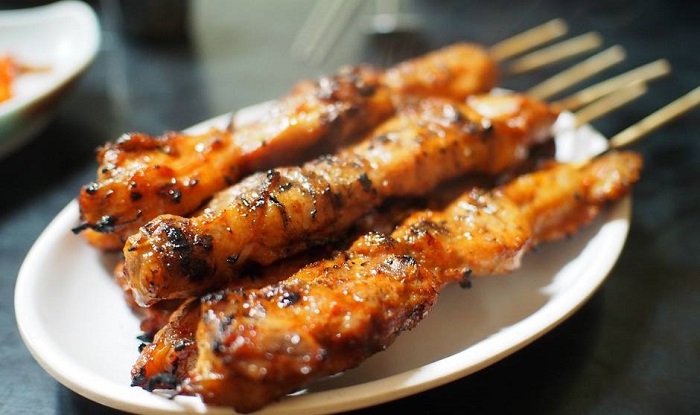
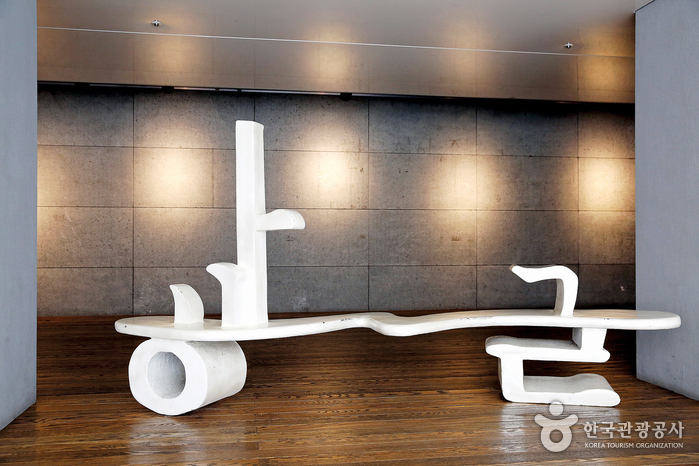
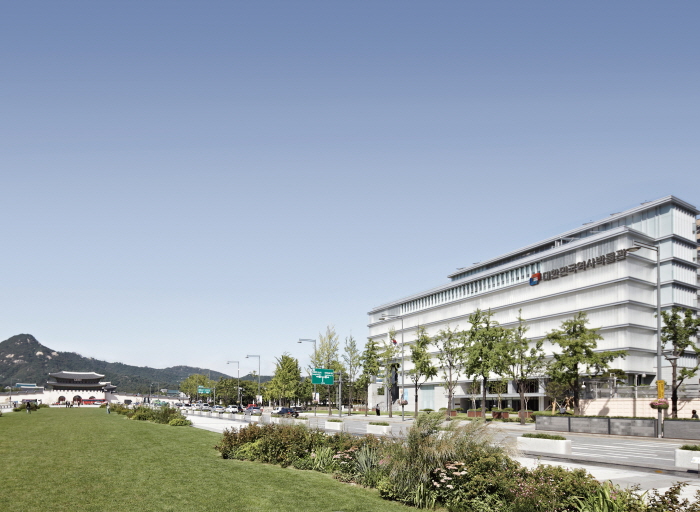

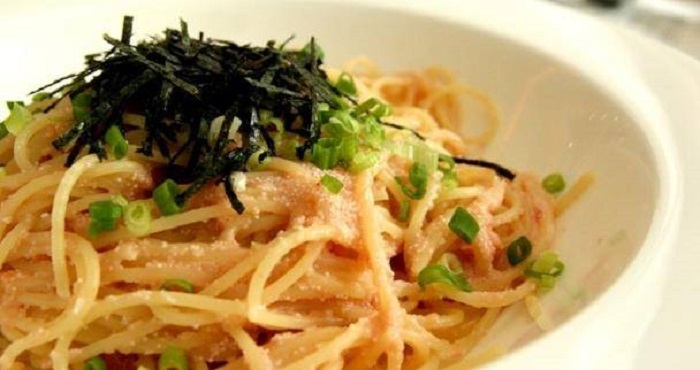
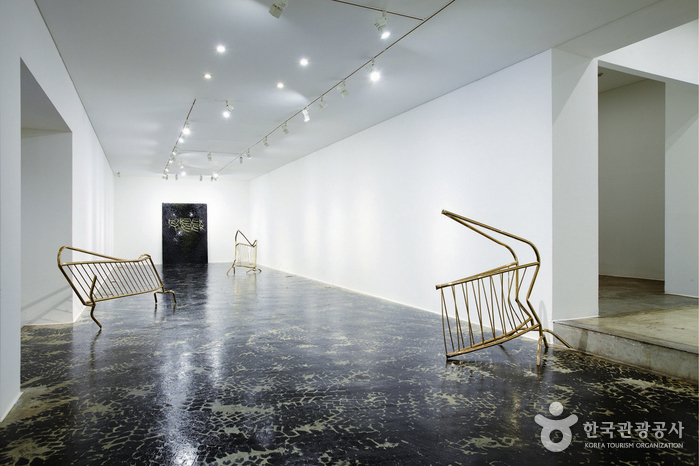
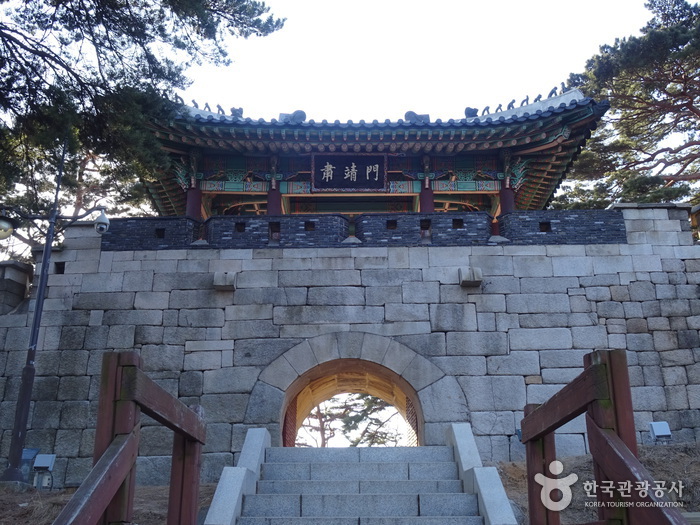
 English
English
 한국어
한국어 日本語
日本語 中文(简体)
中文(简体) Deutsch
Deutsch Français
Français Español
Español Русский
Русский